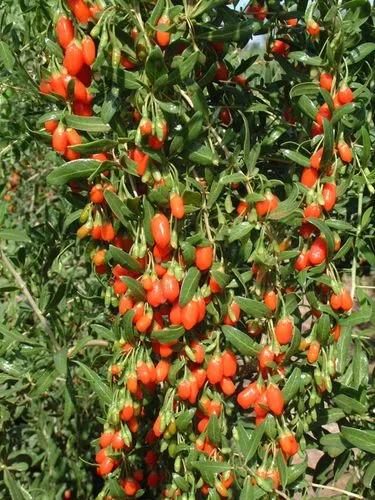Mandarins are smaller and oblate, unlike the spherical common oranges (which are a mandarin–pomelo hybrid). The taste is considered less sour, as well as sweeter and stronger. A ripe mandarin is firm to slightly soft, heavy for its size, and pebbly-skinned. The peel is thin, loose, with little white mesocarp, so they are usually easier to peel and to split into segments. Hybrids usually have these traits to a lesser degree. The mandarin is tender and is damaged easily by cold. It can be grown in tropical and subtropical areas. Mandarin orange fruits are small 40–80 millimetres (1.6–3.1 in). Their colour is orange, yellow-orange, or red-orange.The skin is thin and peels off easily. Their easiness to peel is an important advantage of mandarin oranges over other citrus fruits. Just like with other citrus fruits, the endocarp (inner flesh) is separated into segments, which in their turn consist of a large number of elongated cells. The fruits may be seedless or contain a small number of seeds. Mandarin orange fruits are sweet to taste, and can be eaten as whole or squeezed to make juice.
Mandarina Care
Mandarina



How to Care for the Plant

Water

Satsuma trees need ample water, so plan on consistent and deep watering throughout the growing season. After planting, water every two to three days, and then once every week to ten days thereafter during the growing season. If you are experiencing a dry spell, watering will need to be more frequent to keep the soil moist.

Pruning

Because satsuma trees have a prostrate growth habit, pruning is essential to prevent fruit on low lying limbs from touching the ground. The best time to prune your tree is early spring after the danger of frost. Prune any branches growing below eighteen inches above the ground. Remove leaf debris from beneath the trees to help keep them clean and disease-free.

Fertilizer

Satsuma trees benefit from regular fertilizing. It's best to fertilize in late January to early February when the tree is producing new growth. You may use a balanced 8-8-8 citrus fertilizer that contains nitrogen. A two-year-old tree can handle one to one and a half pounds of fertilizer.

Sunlight

If your plant light is providing all the “sunlight” for your mandarin orange tree, it should be on for 8 to 10 hours per day.

Soil

The best soil option for your mandarin tree is a well-draining, light “garden grade” soil mix.

Temperature

These plants grow best when the temperature averages 65 degrees; the preferred range is 55 degrees to 85 degrees.

Container

Mixed patio containers.

Additional

Mandarins are toxic to dogs

Popularity

612 people already have this plant 75 people have added this plant to their wishlists
Discover more plants with the list below
Popular articles






